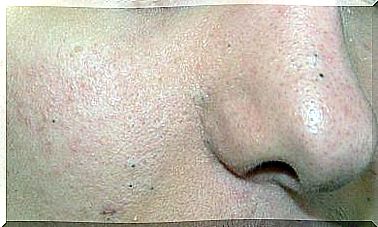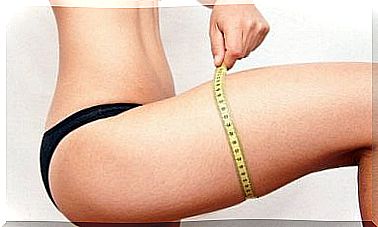How To Take Your Pulse Easily At Home

What is the purpose of pulse measurement?

Pulse measurement has many uses, because it shows you the number of beats that the heart performs per unit of time (normally per minute). A normal pulse is between 60 and 100 beats per minute.
First of all, measuring your heart rate can help you detect possible tachycardia or bradycardia. Tachycardia occurs when the heart beats faster than 100 beats per minute. Bradycardia, on the other hand, occurs when the heart beats at less than 60 beats per minute.
Both tachycardia and bradycardia may indicate that something is not working properly in the cardiovascular system. Exceeding any of these limits can be a risk to the heart.
But, most of the time, these are normal situations that the heart has to adapt to in order to maintain the blood supply to all the organs and tissues of the body.
For example, while exercising, you can take your pulse and find out that you have tachycardia. The heart can also suffer from tachycardia in situations of anxiety, high stress or danger. People who exercise daily tend to have a slower heart rate. Some athletes can have a resting heart rate of only 40 beats per minute, without any disease or syndrome.
So why should you take your pulse?
First of all, you need to measure your heart rate to check your physical condition while exercising. Second, measuring your pulse will help you become more aware of the limits you face during a workout.
In addition, remember that measuring your heart rate can help you diagnose any disease you may be suffering from unconsciously at an early stage. This is the case, for example, with aortic dissection, a very serious condition that can cause death. The simple act of taking your pulse can help you detect aortic dissection in time and can save your life.
How to take your pulse easily at home

To measure your pulse under normal conditions, you should be calm and relaxed, without having previously done intense physical activity. In this way, you will determine your resting heart rate.
You can perform this procedure on different parts of the body, but it is best to take the pulse from the neck or wrist. In fact, when you start measuring your pulse, it is best to use the neck area, where it is strongest.
First, you need a stopwatch. You can use a watch or a mobile phone. After preparing the timer, follow these steps carefully.
Conclusion
Pulse measurement is a very simple procedure that serves many purposes in everyday life. For example, it can help you find out if you are moving enough in the gym to substantially increase your heart rate. You can take your pulse from your wrist, neck, abdomen, etc.
If you have problems measuring your heart rate, you can buy a heart rate monitor. Do not forget to consult your doctor if you notice an abnormality or if your heart rate is above average at rest.









